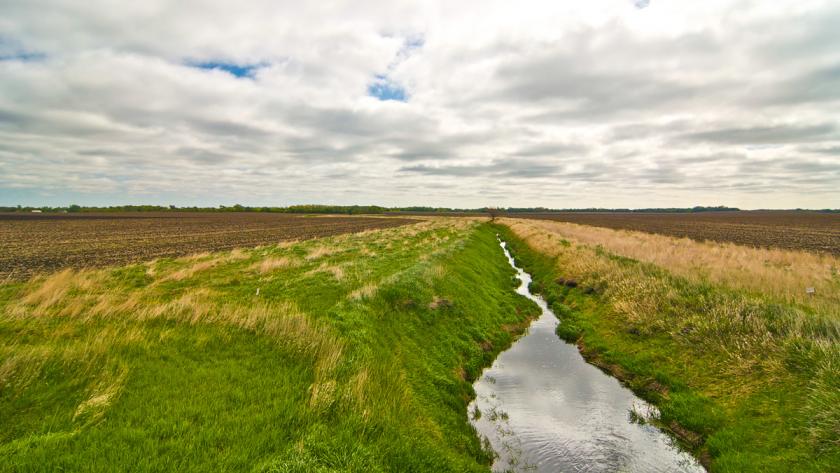Minnesota’s buffer law established a requirement for new perennial vegetation buffers to be planted and maintained up to 50 feet along lakes, rivers, and streams and 16.5 feet along ditches and applies primarily to row-cropped parcels in areas of the State that are heavily agricultural (south , west and northwest). Lawn and pasture are considered to be perennial vegetation under this law. The buffer law was passed, with amendments, in 2017. Thanks to the collective effort of SWCDs and agricultural landowners across the State, 97% of parcels subject to this law are in compliance as of January 1, 2019. State of Minnesota Buffer Information Page
The Buffer Law is enforced at the local level by Counties throughout much of the State. However, because St. Louis County’s land use is not primarily agriculture, the MN Board of Water and Soil Resources enforces the Buffer Law in St. Louis County. The local Soil and Water Conservation Districts still review all parcels subject to the law for compliance, according to the monitoring and compliance tracking plan, which can be found here: SWCD Plan for Tracking Buffer Compliance.
The City of Duluth has requirements relating to preserving vegetation along waterways, and typically requires 50 feet of vegetation along each side of the City’s 42 named rivers and streams within City limits. Specific standards can be found in the City’s Unified Development Code Chapter 50-18.1.D Natural Resources Overlay (NR-O), Shoreland.
St. Louis County also has shoreland requirements relating to how close one can build or alter land next to a public waterway. Please contact St. Louis County Planning and Community Development at 218-725-5000 for more information on County Shoreline requirements.
Townships that have their own zoning regulations (Duluth, Gnesen, Lakewood and Midway) may also have specific requirements for shoreland rules. However, these requirements must be at least as restrictive as County controls.
 Photo courtesy of MPCA
Photo courtesy of MPCA

